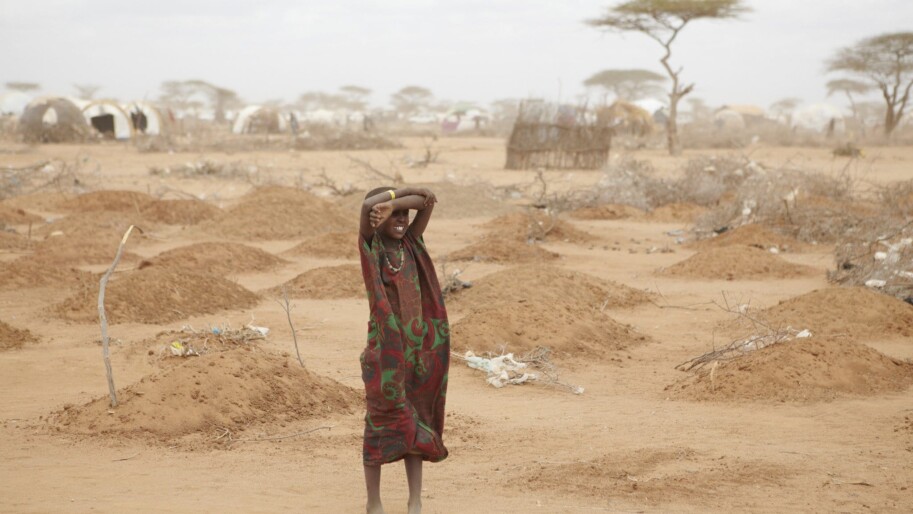by Abrahm Lustgarten, ProPublica
Highlights
- Due to the climate crisis, mass migrations of people will continue to grow as flooding, drought, food insecurity become more widespread
- In Alta Verapaz, Guatemala is experiencing the worst effects of the climate crisis, as El Nino storms will decrease rainfall by 60%, making it nearly impossible to grow crops for sustenance and income
- the planet could see a greater temperature increase in the next 50 years than it did in the last 6,000 years combined
- In the next 80 years, the world could see temperatures so hot that going outside for a few hours can be deadly
- Extremely hot areas that currently cover less than 1% of the earth’s land surface could cover nearly a fifth of the land, displacing 1 of every 3 people alive outside the climate niche where humans have relied on for crop cultivation and livable temperatures
- Climate refugees must be admitted into countries that are not experiencing the most severe effects of the climate crisis. Preparation and planning of this mass migration is key in order to avoid political instability and conflict
- In Southeast Asia, where increasingly unpredictable monsoon rainfall and drought have made farming more difficult, the World Bank points to more than 8 million people who have moved toward the Middle East, Europe, and North America
- Using a model created by ProPublica and The New York Times Magazine, the most extreme climate scenario would result in over 30 million migrants trying to reach the US over the next 30 years
- Reduction in emissions would result in close to 700,00 climate migrants from Central America and Mexico to the US from now to 2050. Without emissions reductions, the US could see close to one million migrants
- The United Nations estimates that some 65% of farmable lands have already been degraded in the African Sahel due to rapid desertification
- Coastal regions in the US, China, Thailand, Vietnam, Iraq, and Egypt are at risk of submerging underwater due to rising tides
Scientists are increasingly warning that to avoid catastrophic impacts from climate change, the world’s governments must implement massive reductions of warming emissions and begin a drawdown of greenhouse gases (GHG) from the atmosphere over the decade ahead. For a safe and healthy future for all, endorse the Climate-Safe California Platform to implement scalable solutions that can reverse the climate crisis.
Read More: https://features.propublica.org/climate-migration/model-how-climate-refugees-move-across-continents/

Nina Turner
Energy Programs and Communications CoordinatorJanina is a graduate of the Energy Management and Design program at Sonoma State University with experience in non-profits that specialize in sustainability and volunteerism.

